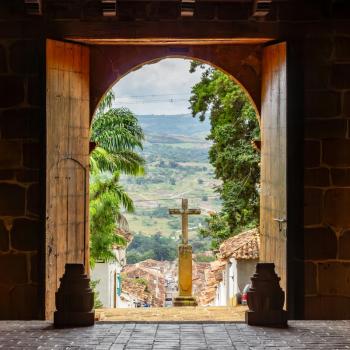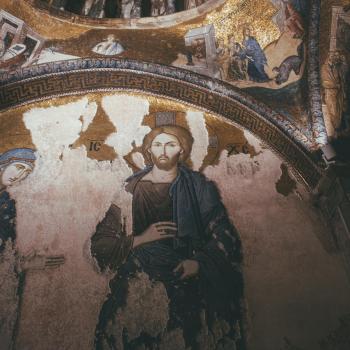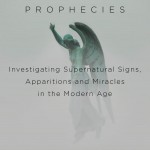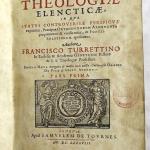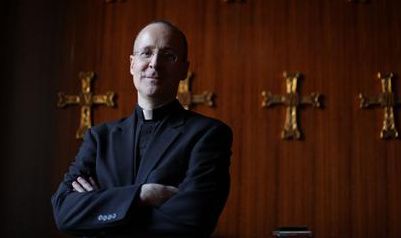
Picking up on something Fr. James Martin wrote in a chapter on Friendship With God, in his latest book, The Jesuit Guide to Almost Everything; A Spirituality for Real Life, I asked Fr. Jim:
You talk about tuning into the various ways God can actively communicate with us in “real time,” -emotions, insights, memories, physical feelings – what you seem to be describing is a kind of “everyday” and casual mysticism. Catholics tend to be very careful when it comes to mysticism, unwilling to pronounce what may be flights of imagination as anything more. And yet what you are describing is a state of quiet awareness that ponders in a mystical way. Are you saying that supernaturalism needn’t be dramatic to be a real and effective experience of a growing intimacy with God, in the workaday world, and that -to paraphrase the Orange Juice commercial- it’s not just for saints and beata’s, anymore?
Fr. Jim responded:
What a great question! Let me unpack that one a bit. First of all, I think that anyone can become aware of God’s presence in the day by simply paying attention. One of the techniques I speak about in my book is St. Ignatius Loyola’s “examination of conscience,” a brief review of the day, when you recall when you felt God’s presence. Now, we can be aware of God’s presence as it’s happening or in retrospect (often it’s easier in retrospect, when we’re less distracted).
But either way, as you say, we can experience God’s presence through a variety of modes–deep emotions that move us to compassion or pity, surprising memories that heal or console us, insights that solve a difficult problem in our lives–as well as more “traditional” ways, say, while reading Scripture or during the Mass. The inner life is an essential path to God, and God can of course use all of our interior “movements,” as St. Ignatius would say, to communicate with us. As St. Augustine said, God is “intimior intimio meo,” – nearer to me than I am to myself. In fact, St. Ignatius initial conversion happened through another important movement: desire. In his case a desire to be like the saints. And in his Spiritual Exercises, Ignatius counsels using even one’s imagination as a path to God.
So God is powerfully at work inside us, where, after all God dwells, as in a temple.
Mysticism, I think, is a much more intense experience of God’s love. Say, a time when you feel unmistakably “filled up” or “overwhelmed” with God’s presence, or perhaps “lifted up” or “raised up.” Or perhaps you get a special, rare, and sometimes difficult-to-describe glimpse into what St. John of the Cross called “I know not what.” But even that kind of mysticism is not reserved for the saints. In The Jesuit Guide, I talk of many “mystical” moments that everyday believers may have–but they may not have identified it as such. Why? Because often those intense experiences are dismissed as “something else.” “Oh, I was just being emotional,” people say.
In short, there is the everyday experience of God, which we can all become aware of; and special “mystical” moments that happen less frequently–but that happen to all of us at various points in our lives. The key is paying attention and recognizing that they are, in fact, coming from God.
So yes, as you say, mysticism is not just for the saints. And to paraphrase the orange juice commercial, a day without prayer is like day without sunshine!
A bit of sunshine in Lent; a welcome concept!


